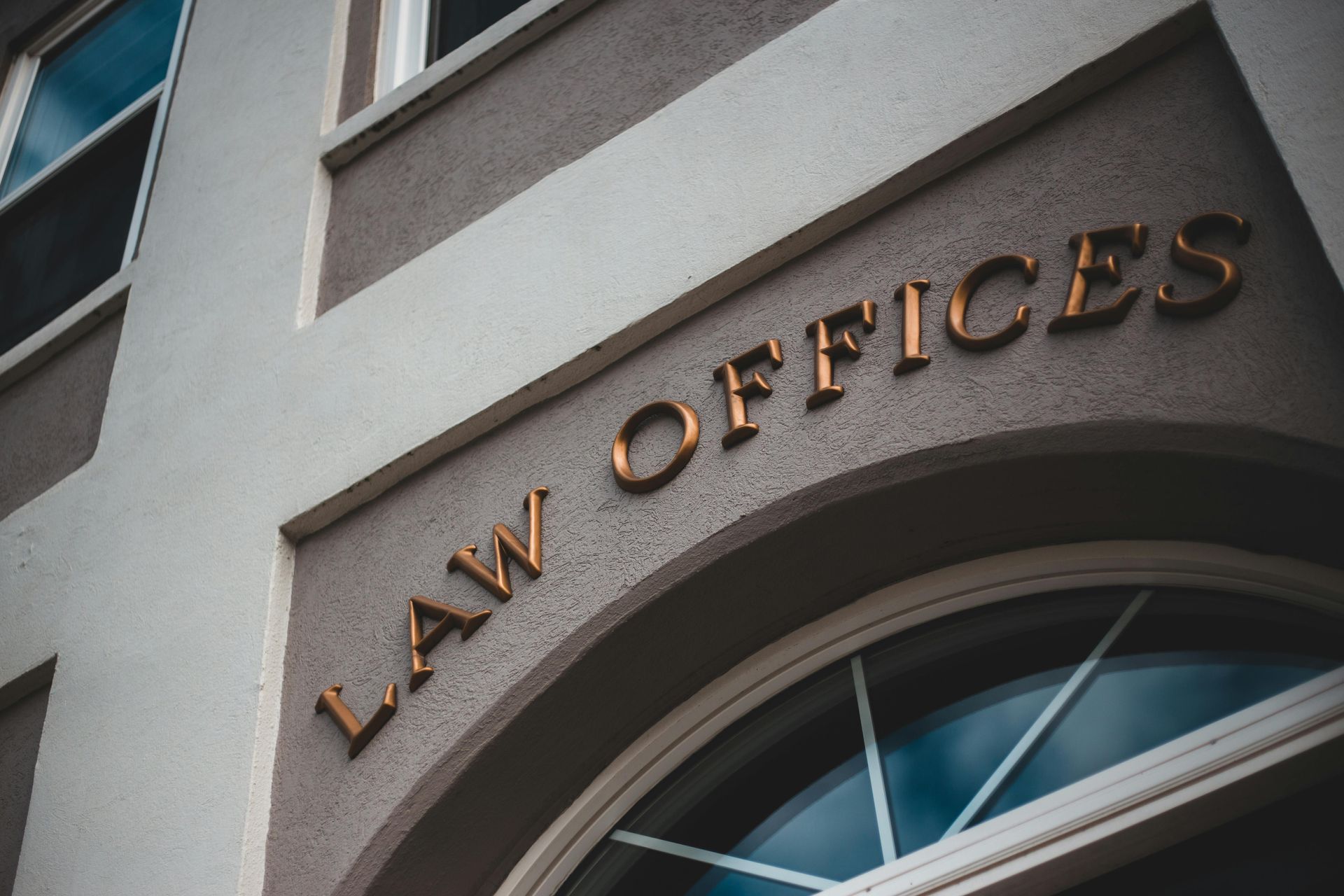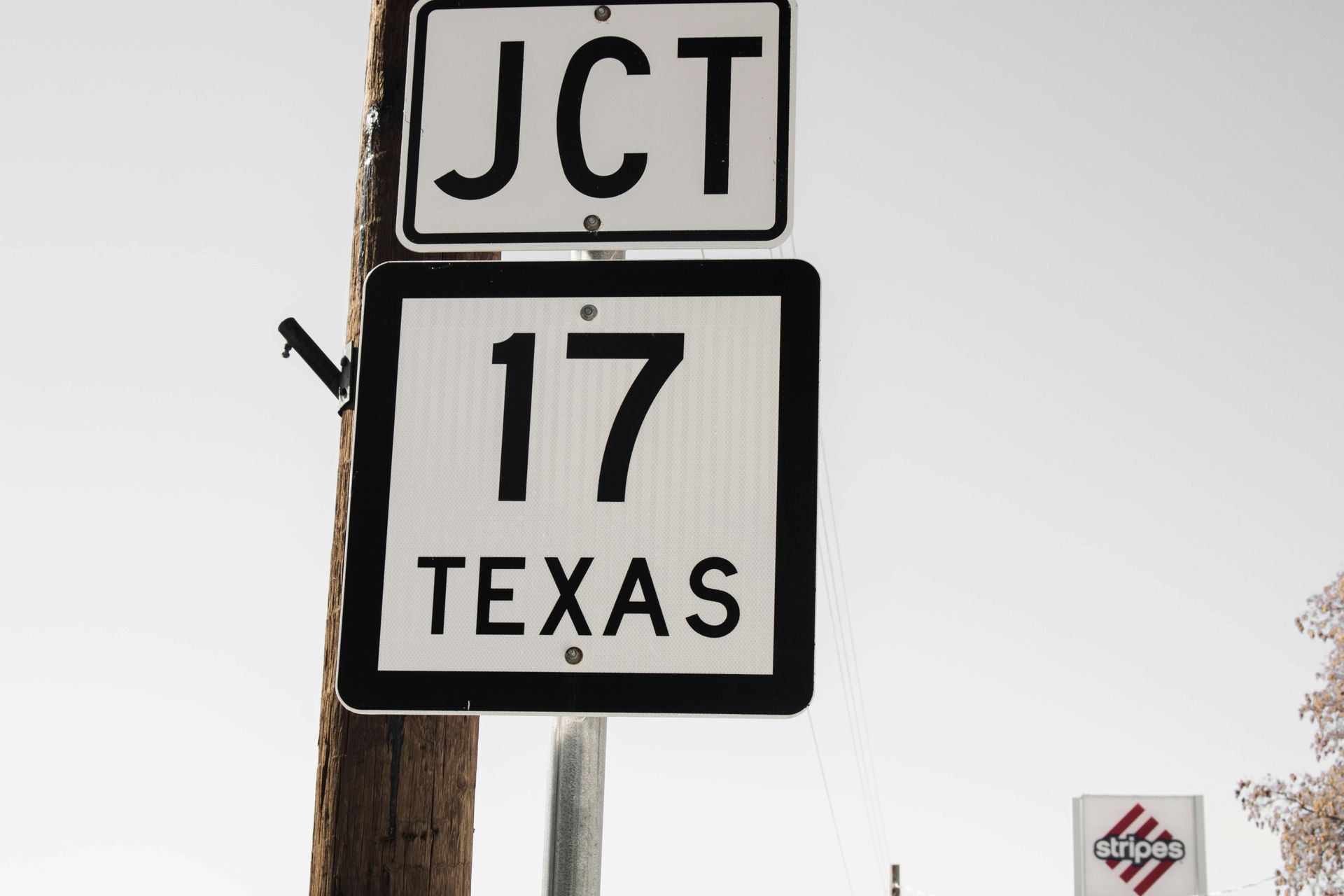How to Expedite Trademark Cancellation for Nonuse or Abandonment
ATTORNEYS IN DALLAS
Understand the TTAB's Expedited Cancellation Proceedings pilot program and the challenges of proving abandonment in cases of nonuse.
How to Expedite Trademark Cancellation for Nonuse or Abandonment
The Trademark Trial and Appeal Board (TTAB) is actively working to improve the accuracy of the Trademark Register by addressing marks that are no longer in use in commerce. As part of this initiative, the TTAB has introduced a pilot program called Expedited Cancellation Proceedings, aimed at expediting proceedings when nonuse or abandonment are the sole grounds alleged.
In many cases, these types of matters can be resolved before the TTAB selects them for expedited proceedings. If no Answer is filed in response to a Cancellation Petition for nonuse, a default judgment will be issued, resulting in the cancellation of the challenged registration. This typically occurs within 5-6 months from the filing of the Petition for Cancellation. However, if an Answer is filed in response to a Petition that only asserts nonuse or abandonment grounds, it is likely that the case will be chosen for an accelerated proceeding.
In theory, this mechanism appears beneficial for Petitioners seeking cancellation based on nonuse or abandonment. Starting from March 2018, the TTAB aimed to identify newly filed cancellation proceedings limited to nonuse or abandonment grounds. If a case is selected for the pilot program, an Interlocutory Attorney and an Administrative Judge will participate in the discovery conference. The conference will cover typical subjects and also explore the possibility of stipulating to certain facts and evidence, limiting discovery, and using the "summary judgment ACR" model. With the summary judgment ACR model, the Board can treat the motion as the final record and determine factual disputes.
When seeking cancellation based on abandonment, the Petitioner must establish "standing" to challenge the registration. Additionally, the Petitioner must prove a prima facie case of abandonment by a preponderance of the evidence, showing that the registrant discontinued use of the trademark with the goods or services listed in the registration and had no intent to resume use. Alternatively, if the Petitioner cannot establish this, they can present a prima facie case by demonstrating three consecutive years of nonuse in commerce. If a prima facie case is established, the burden shifts to the registrant to prove either use of the mark in commerce during the three-year period or intent to resume use through justifiable nonuse.
If the Petitioner cannot demonstrate three consecutive years of nonuse, it becomes challenging for them to prove abandonment through nonuse, as exemplified in the case of TV Azteca, S.A.B. de C.V. v. Jeffrey E. Martin, Cancellation No. 92068042 (December 7, 2018) [precedential]. This case was selected for the pilot program, and the parties agreed to exchange initial disclosures while forgoing typical discovery. Unfortunately, the Petitioner needed discovery to meet its burden and prove its case. The Board ruled that the Petitioner failed to establish a prima facie case of nonuse and dismissed the Petition for Cancellation. As mentioned earlier, while the Expedited Cancellation Proceedings may seem helpful in theory, TV Azteca, S.A.B. de C.V. v. Jeffrey E. Martin highlights the difficulties Petitioners may face in meeting their burden of proof on abandonment without exceptionally strong evidence. Limited discovery can present significant obstacles in such cases.
Contact an Experienced Trademark Attorney
If you need legal advice regarding your trademark rights, assistance with trademark prosecution, or representation in a domain name dispute, contact Wilson Whitaker Rynell. Our team of trademark lawyers has extensive experience in all aspects of trademark and copyright law, including the filing of trademark applications and representing clients in defense or prosecution before the Trademark Trial and Appeal Board.
Trademark Resources & Services
- Trademark Overview
- Trademark Registration
- Trademark Licensing
- Trademark Infringement
- Trademark Protection
- Trademark Coexistence
- Trademark Guidelines
- Trade Dress Protection
- Trademark Oppositions & Trademark Cancellations
- Cybersquatting
- UDRP Domain Name Proceedings
- Trademark Portfolio Management
Need any help?
Getting in touch is easy. Use the form below and request a free consultation today.
Industry Resources & Services
- Alcohol & Beverage Law
- Blockchain Law
- Cosmetics Product Law
- Crypto-currency Law
- Cyber-security Law
- Digital Marketing
- eCommerce Law
- Energy Law
- Fashion Industry Law
- Health Technology Law
- Oil & Gas Law
- Product Industry Overview
- Professional Services law
- Real Estate Development Law
- Restaurant Services Law
- Retail Business Law
- Software Industry Law
- Sporting Goods Law
- Technology Law
- Video Gaming Industry Law
Trademark Resources
- 66(a) Applications
- Abandoning a Trademark Application or Withdrawing a TTAB Proceeding
- Abandonment and Nonuse
- Abbreviations as Trademarks
- Accelerated Case Resolutions
- Acquired Secondary Trademark Meaning
- Amending Trademark Application
- Assigning a Trademark
- Assigning a Trademark and the Intent to Use Application
- Avoiding Fraud on Trademark Applications
- Avoiding Trademark Litigation
- Basis for Filing a Trademark
- Benefits of Registering a Trademark
- Bona Fide Intent to Use
- Celebrity Trademarks
- Challenging the Relatedness Factor
- Challenging Trademark Rights
- Claims in a Notice of Opposition
- Co-Existence Agreements
- Common Law Trademarks in the Internet Era
- Common Law Use and Priority
- Conflicting Marks
- Consent Agreements
- Constructive Use Priority
- Dates of Use
- Defenses in Opposition and Cancellation Proceedings
- Descriptive or Generic Trademarks
- Design Marks
- Design Trademarks
- Determining Trademark Similarities
- Discovery in TTAB Proceedings
- Dividing a Trademark Application
- Drawing Page
- Electronic Display Specimens for Trademarks
- Evidence in TTAB Proceedings
- Evidence of Acquired Distinctiveness
- Expediting Trademark Cancellation for Nonuse or Abandonment
- Extending Time to Oppose
- Factors of a Likelihood of Confusion Analysis
- False Suggestions of Connection
- Famous Trademarks and Likelihood of Confusion and Dilution
- Filing an Opposition or Cancellation Proceedings
- First Sale Doctrine
- Five Years of Use
- Foreign Trademark Rights
- Generic Trademarks
- Geographic Trademarks
- Hiring Trademark Counsel
- Immoral and Scandalous Trademarks
- Incontestability of U.S. Trademarks
- International Trademark Filings
- Joint Trademark Ownership
- Lawful Use of a Trademark in Commerce
- Likelihood of Confusion Analysis
- Likelihood of Confusion Refusal
- Merely Descriptive Trademarks
Trademark Resources
- Multiple Bases for a Trademark Application
- Overcoming and Ornamentation Trademark Refusal
- Personal Name Trademarks
- Principal and Supplemental Registers
- Protecting Single Creative Works
- Recording Trademark Assignments
- Refusal of a Trademark
- Refusing a Trade Dress Application
- Registering a Certification Trademark
- Registering a Service Mark
- Registering a Trademark That Lacks Inherent Distinctiveness
- Registering an International Trademark
- Relatedness of Goods or Services
- Request for Reconsideration in Trademark Office Action
- Requirements for International Trademark Application
- Revive an Abandoned Trademark Application
- Secondary Meaning
- Source Confusion
- Special Trademark Applications
- Standard Character and Special Format Marks
- Standing in Opposition and Cancellation Proceedings
- State Trademark Registration
- Statement of Use Extensions
- Tacking Doctrine
- Technical Trademark Use
- The Supplemental Register
- Trade Dress
- Trade Dress Application
- Trademark Application
- Trademark Clearance Searches
- Trademark Disclaimers
- Trademark Licensing
- Trademark of Authors, Performing Artists, and Characters
- Trademark Ownership
- Trademark Protection In Texas
- Trademark Settlements
- Trademark Specimens
- Trademark Specimens
- Trademark Use by Related Company
- Trademark Use in Advertising
- Trademark Use in Commerce
- Trademarking a Distinctive Mark
- Trademarking a Hashtag
- Trademarks for Musical Artists
- TTAB Discovery Rules
- TTAB Proceedings
- U.S. Service Mark
- U.S. Trade Dress
- Understanding Trade Channels
- Unitary U.S. Trademark
- Universal Symbols as Trademarks
- Using Secondary Sources
- What is an Ex Parte Appeal?
- Where to Register a Trademark
- Who Must File a Trademark?
CLIENT MATTERS
5,000+
YEARS OF SERVICE
25+
Award Winning
Recognized in the legal industry as dedicated board-certified lawyers and Rising Stars.
Expert Team
Your project will be handled by legal experts every time. You will have the most experienced attorneys working for you.
Quality Representation

Let's talk about your legal issue
Wilson Legal Group P.C.
d/b/a Wilson Whitaker Rynell
(972) 248-8080 (Dallas) MAIN OFFICE
(713) 830-2207 (Houston) Appointment Only
(512) 691-4100 (Austin) Appointment Only
For more information on how we can assist in your intellectual property, commercial litigation, divorce, or other personal needs, let us know how we can help you:
How Can We Help You?
WILSON WHITAKER RYNELL
Thank You for Contacting Us!
Your information has been sent, and we will contact you shorlty...issues.
WILSON WHITAKER RYNELL
Oops, there was an error sending your message.
Please try again later.
Disclaimer:
This form does not establish an attorney-client relationship, and should only be used to contact the firm about scheduling a call or meeting. No confidential or sensitive information should be sent using this form.
We represent clients nationwide, including Dallas, Austin, Houston, and other Texas areas such as Fort Worth, Arlington, Carrollton, Plano, Allen, Lewisville, Flower Mound, Irving, Denton, McKinney, North Richland Hills, and all cities within Dallas County, Tarrant County, Collin County, and Denton County.
OFFICES
ABOUT
CONTACT
BLOG
Wilson Whitaker Rynell
16610 Dallas Parkway, Suite 1000
Dallas, Texas 75248
972-248-8080 (MAIN)
972-248-8088 (FAX)
info@wrrlegal.com (E-MAIL)










